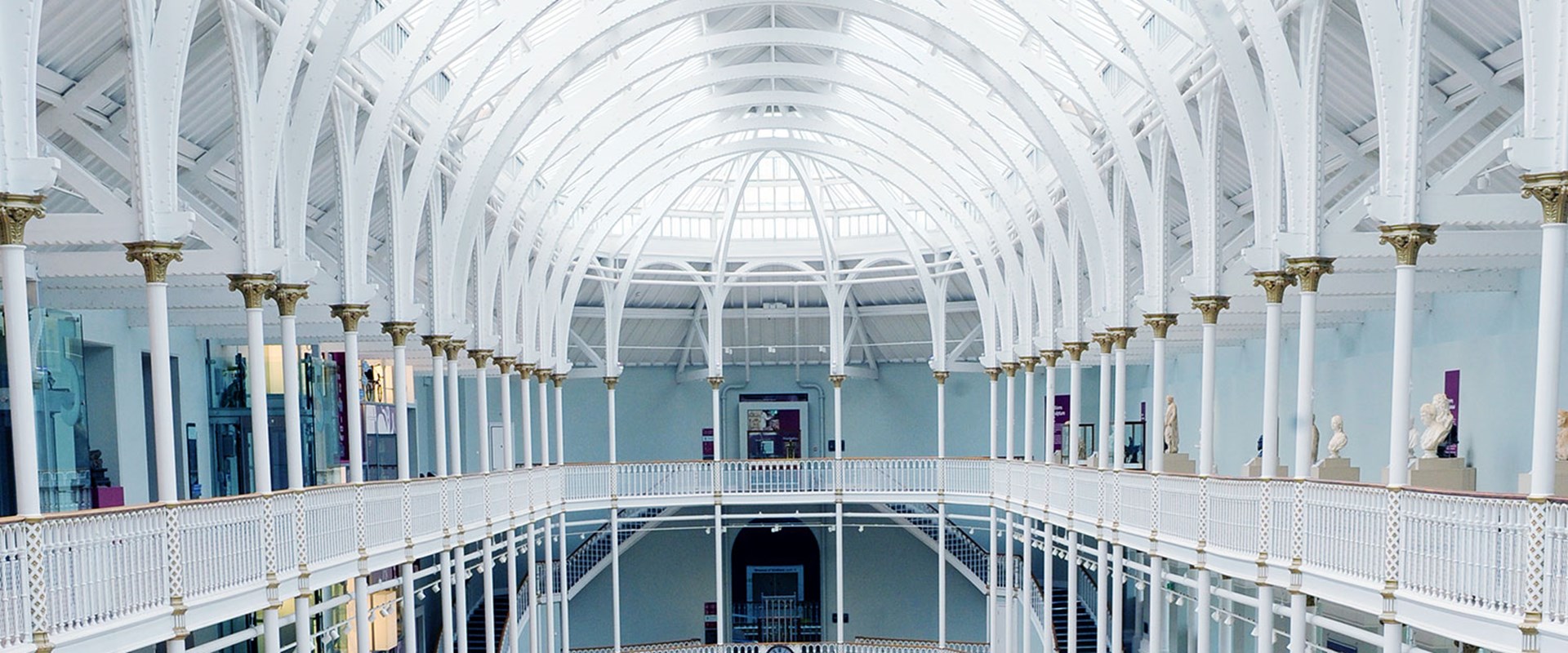Generously lent by Her Majesty The Queen from the Royal Collection, the Darnley (or Lennox) Jewel is a gold enamelled locket, set with rubies and emeralds. The jewel, which is normally on display in Mary Queen of Scots’ Chambers at the Palace of Holyroodhouse in Edinburgh, was commissioned by the Countess of Lennox -mother-in-law of Mary Stewart, and grandmother of James VI and I –probably to mark the death of her husband in 1571, and possibly that of her son, Henry, Lord Darnley, Mary’s husband murdered in 1567.
Under political pressure to produce an heir and advance her claim to the English crown, Mary married Henry, Lord Darnley in 1565. The union was a disaster, with Darnley’s immature behaviour making him a political liability, and Mary began to exclude him from affairs of state.
Darnley’s death occurred within a few hundred feet of where the Museum now stands, and the event is examined in detail in the exhibition through audio-visual display, documents and objects, including another key loan from the Royal Collection, the painting The Memorial of Lord Darnley. It marked the key turning point in Mary’s life as, accused of adultery, implicated in murder, and controversially married to the Earl of Bothwell, she was forced from the Scottish throne and eventually into captivity for the remaining 19 years of her life.
Other significant loans from the Royal Collection include two portraits of Mary by Francois Clouet, one miniature from 1558 and a portrait of Mary ‘en deuil blanc’ (in white mourning) painted after the death of the Dauphin, before Mary’s return to Scotland in 1561.
Showing only in Edinburgh, Mary, Queen of Scots will explore the myth and reality that surround one of the most enigmatic and romanticised figures in Scottish history through a unique gathering of paintings, jewellery, textiles, furniture, drawings, maps and documents. Other major lenders to the exhibition, which is supported by investment managers Baillie Gifford, include the V&A, Musée du Louvre, Bibliothèquenationale de France, National Gallery, National Galleries of Scotland, the National Library of Scotland, the National Archives at Kew, the National Records of Scotland and Blairs Museum.
Mary, Queen of Scots is at the National Museum of Scotland from Friday 28 June to Sunday 17 November. Admission: £9 adults, £7.50 concession, children (age 12-15) £6. Entry is free to National Museums Scotland Members and children under 12.
For further information and images please contact Bruce Blacklaw, Susan Gray, Esme Haigh. Tel 0131 247 4165, email b.blacklaw@nms.ac.uk
Notes to Editors
-
Royal Collection Trust, a department of the Royal Household, is responsible for the care of the Royal Collection and manages the public opening of the official residences of The Queen. Income generated from admissions and from associated commercial activities contributes directly to The Royal Collection Trust, a registered charity. The aims of The Trust are the care and conservation of the Royal Collection, and the promotion of access and enjoyment through exhibitions, publications, loans and educational programmes. Royal Collection Trust’s work is undertaken without public funding of any kind.
www.royalcollection.org.uk/ -
The Royal Collection is among the largest and most important art collections in the world, and one of the last great European royal collections to remain intact. It comprises almost all aspects of the fine and decorative arts, and is spread among some 13 royal residences and former residences across the UK, most of which are regularly open to the public. The Royal Collection is held in trust by the Sovereign for her successors and the nation, and is not owned by The Queen as a private individual. At The Queen’s Galleries in London and Edinburgh and in the Drawings Gallery at Windsor Castle, aspects of the Collection are displayed in a programme of temporary exhibitions. Many works from the Collection are on long-term loan to institutions throughout the UK, and short-term loans are frequently made to exhibitions around the world as part of a commitment to public access and to show the Collection in new contexts.
Explore the Royal Collection at www.royalcollection.org.uk/collection -
National Museums Scotland is one of the leading museum groups in the UK and Europe and it looks after collections of national and international importance. The organisation provides loans, partnerships, research and training in Scotland and internationally. Our individual museums are the National Museum of Scotland, the National Museum of Flight, the National Museum of Rural Life and the National War Museum. The National Museums Collection Centre in Edinburgh houses conservation and research facilities as well as collections not currently on display.
-
The National Museum of Scotland reopened in summer 2011 following a three-year, £47m redevelopment. Since then it has entered the top ten most popular UK visitor attractions (ALVA), becoming the most popular attraction in the country outside of London. With nearly 1.9 million visitors in 2012, the Museum has just entered the top 20 most popular art museums and galleries in the world (The Art Newspaper).
-
Baillie Gifford, the Edinburgh based investment management group, employs over 750 people and had assets under management and advice of over £84 billion as at 31 December 2012. Founded in 1908, Baillie Gifford acts globally, managing investments on behalf of pension funds, financial institutions, charities and retail investors. Baillie Gifford plays an active role in the community by supporting projects in the areas of education, social inclusion, and the arts. For examples of Baillie Gifford’s active role in the community please visit its corporate citizenship webpage: www.bailliegifford.com/about-us/corporate-citizenship.aspx

